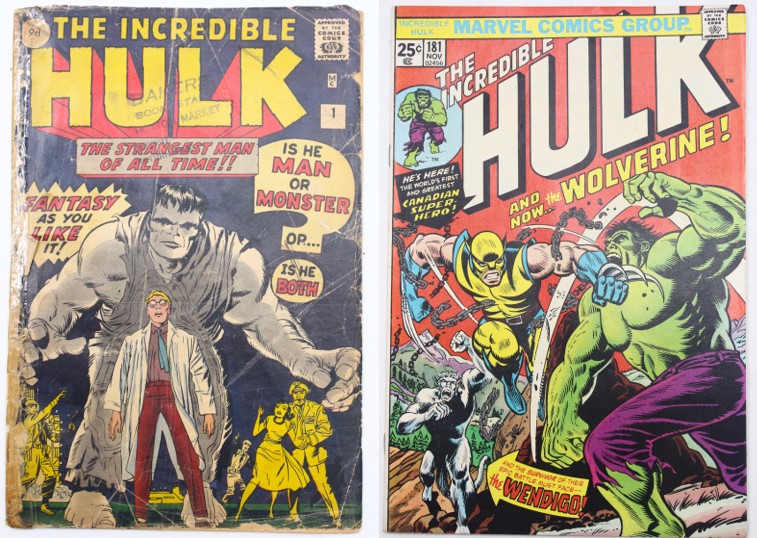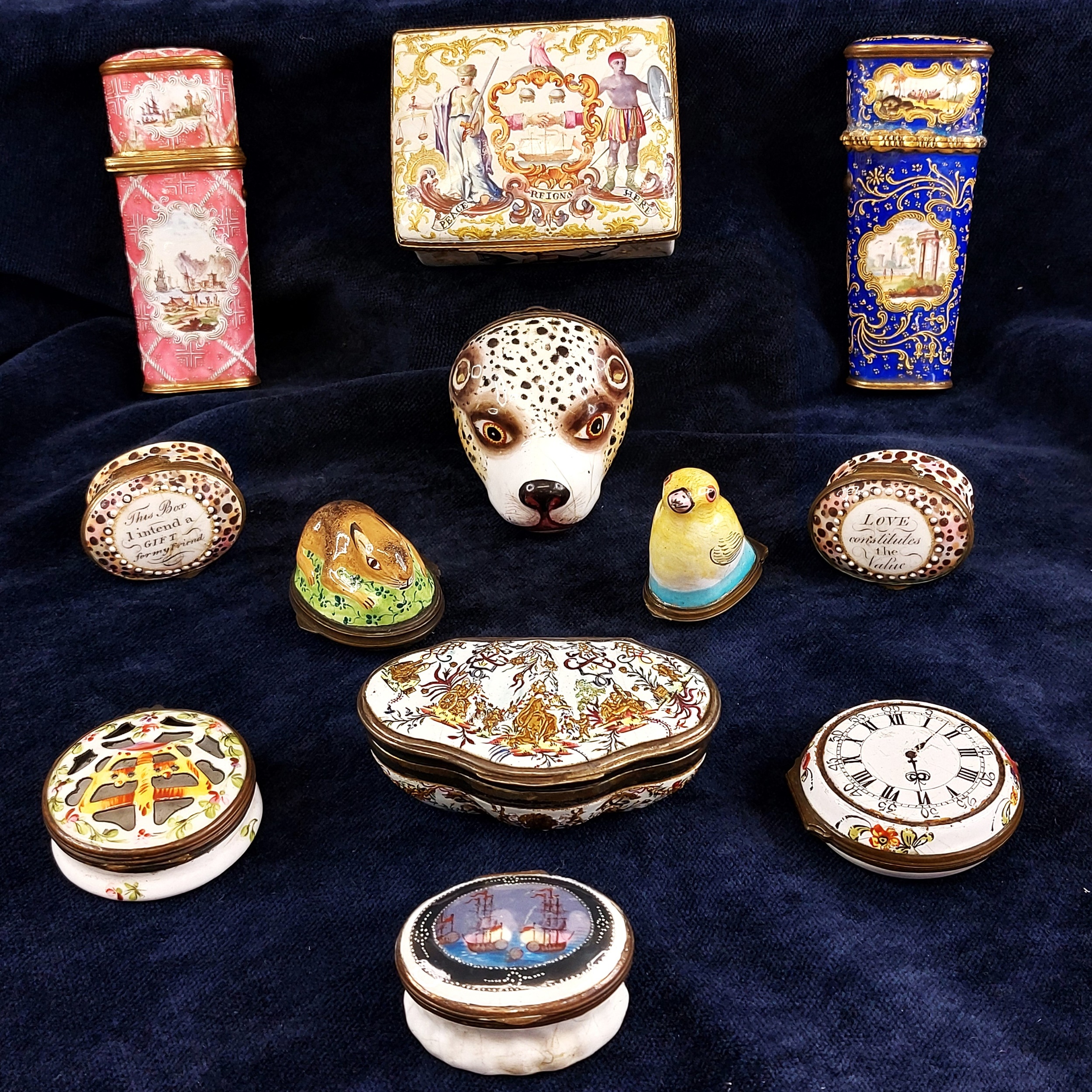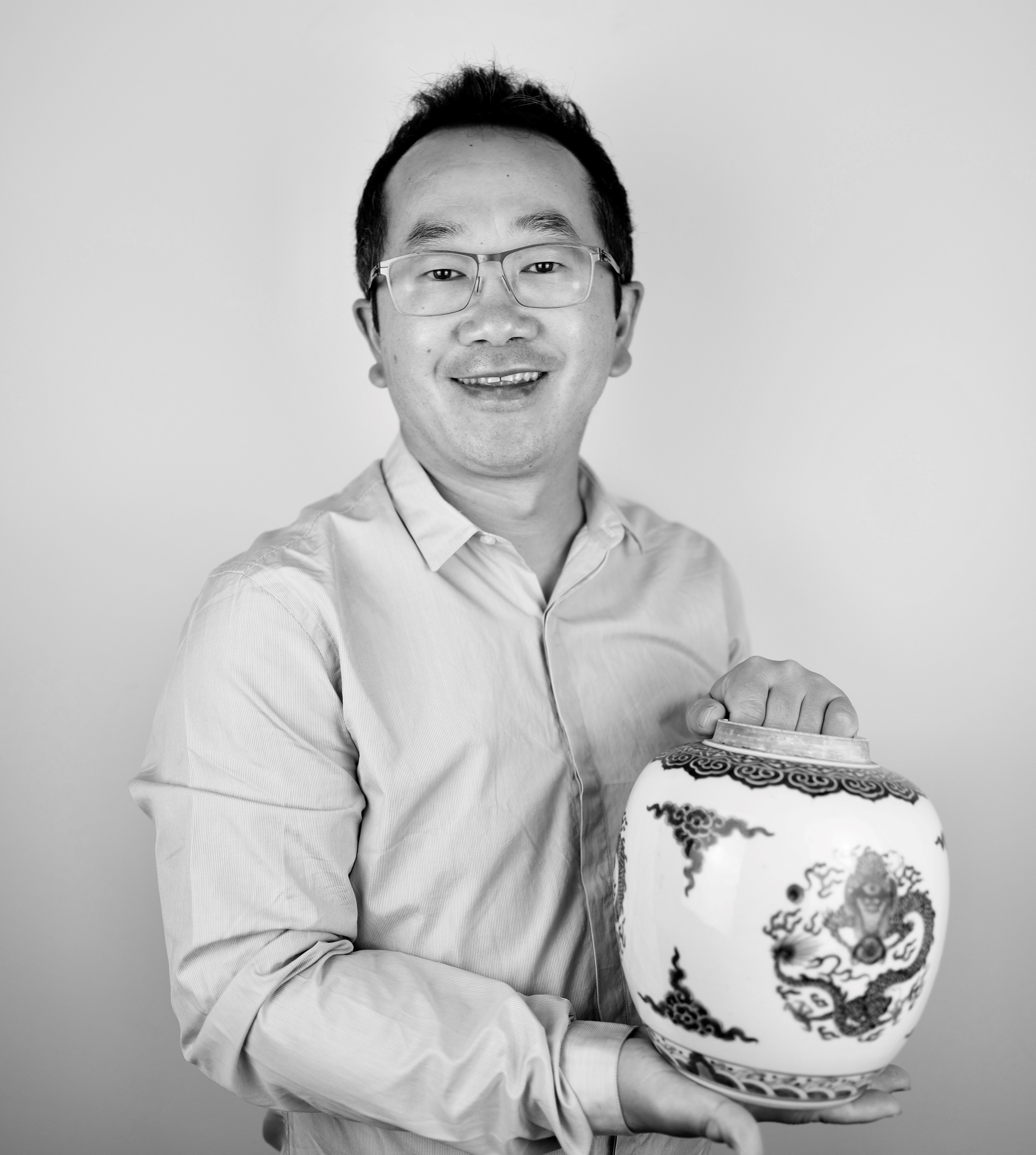House Record Breaking Chinese Quinlong Period Carved Sceptre
An important Chinese Imperial Qing Dynasty Qianlong Period (1736-1795) carved zitan ruyi sceptre broke the house record for a work of art at Lacy Scott & Knights salerooms in Bury St Edmunds this Saturday.
Ruyi ('As you wish') sceptres have early links with Buddhism and may have originally been used as back-scratchers. They evolved into symbols of power or talisman to bestow good fortune and became favoured Imperial gifts. Emperor Qianlong was particularly fond of Ruyi and commissioned the Palace workshops to make them for his loyal officials as well as for his own collection. In this period Ruyi sceptres ranked top among officials' presents to the emperor and his family.
This example was very finely carved in relief with sinuous five-clawed dragons (representative of the Emperor) on cloud carved head, the edge with Greek Key carving and the reverse with important Imperial character marks and signed by the maker. Such items are incredibly rare and apparently one was made each year for the Emperor.
This example was consigned from a property on the Suffolk/Essex border, having been purchased by the owner a few years prior for a modest fee. Such is the interest in Chinese works of art today, several telephone lines were booked and numerous Chinese buyers were present in the room.
The cautious estimate of £8000-12,000 was left far behind as bidding rose in £2000 increments to an incredible £130,000.
From the same property, an 18th century Chinese celadon jade double gourd carved with five bats for happiness realised £20,000 (again selling to a Chinese buyer in the room), and a carved celadon jade boulder realised £17,000 - selling live on the internet to a buyer in Shanghai. These three items are perfect illustrations of the booming demand for Chinese works of art. Other notable prices in the sale included £7000 for a pair of Chinese floor vases and £19,000 for a classic English Regency mahogany Cumberland action triple pillar dining table.





